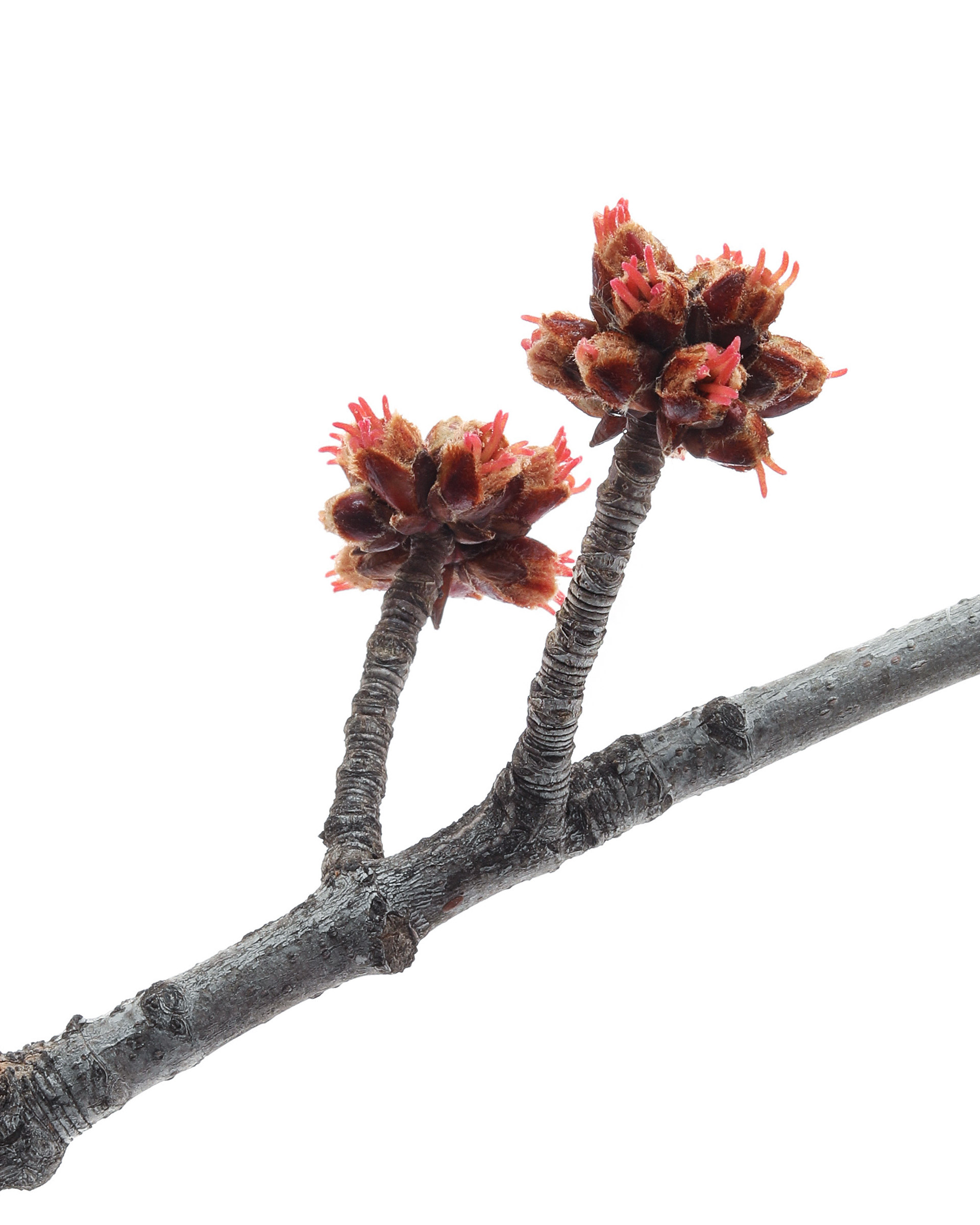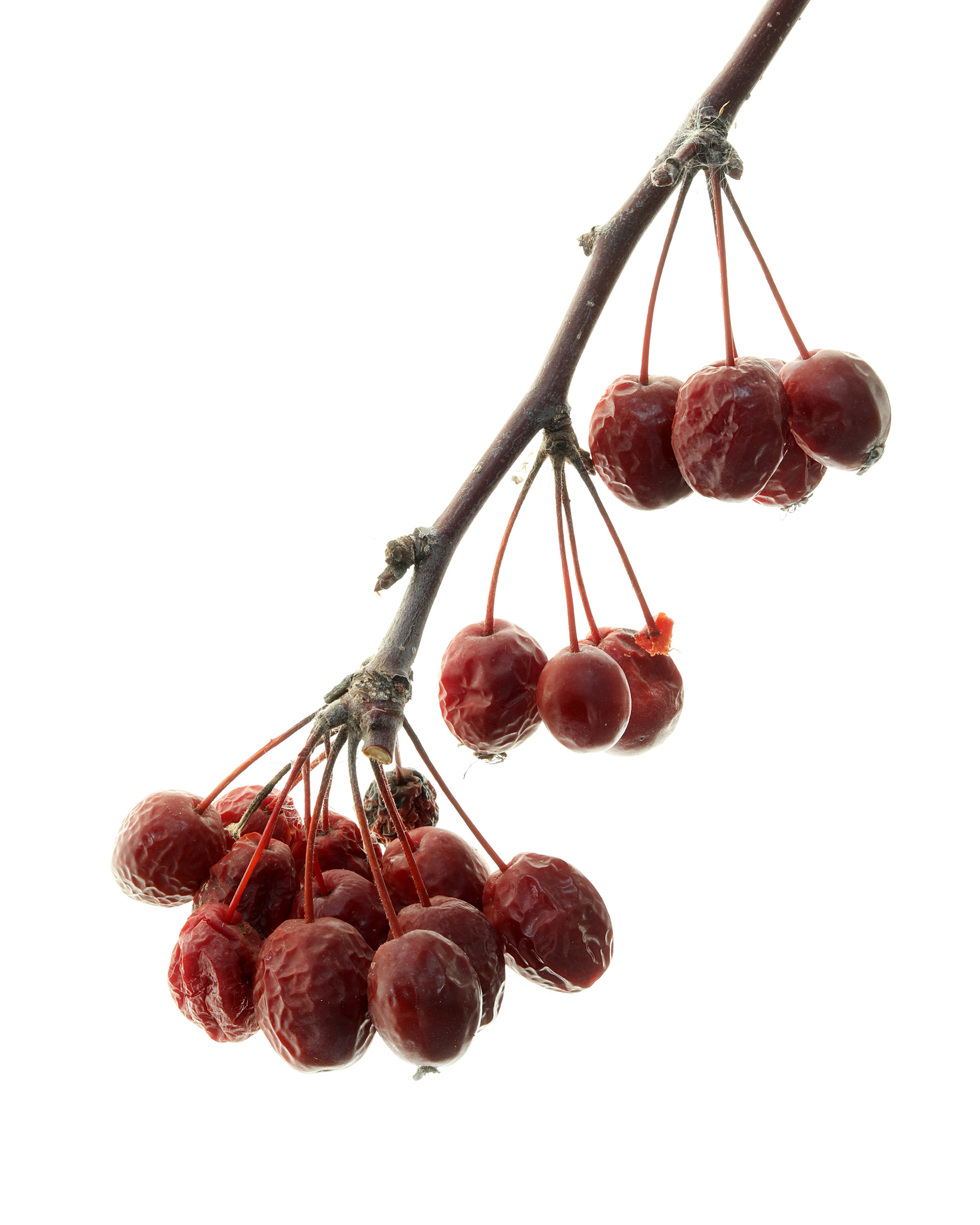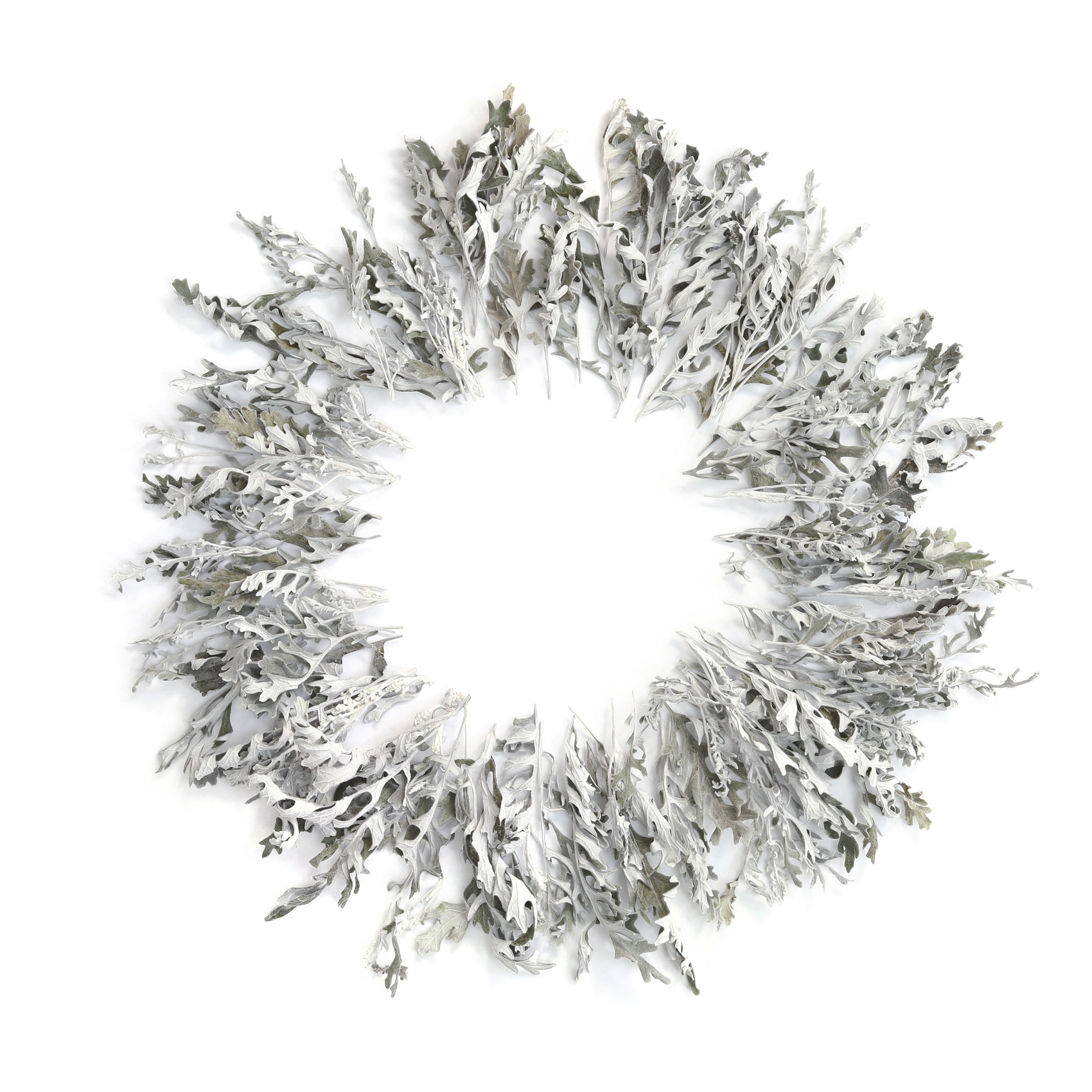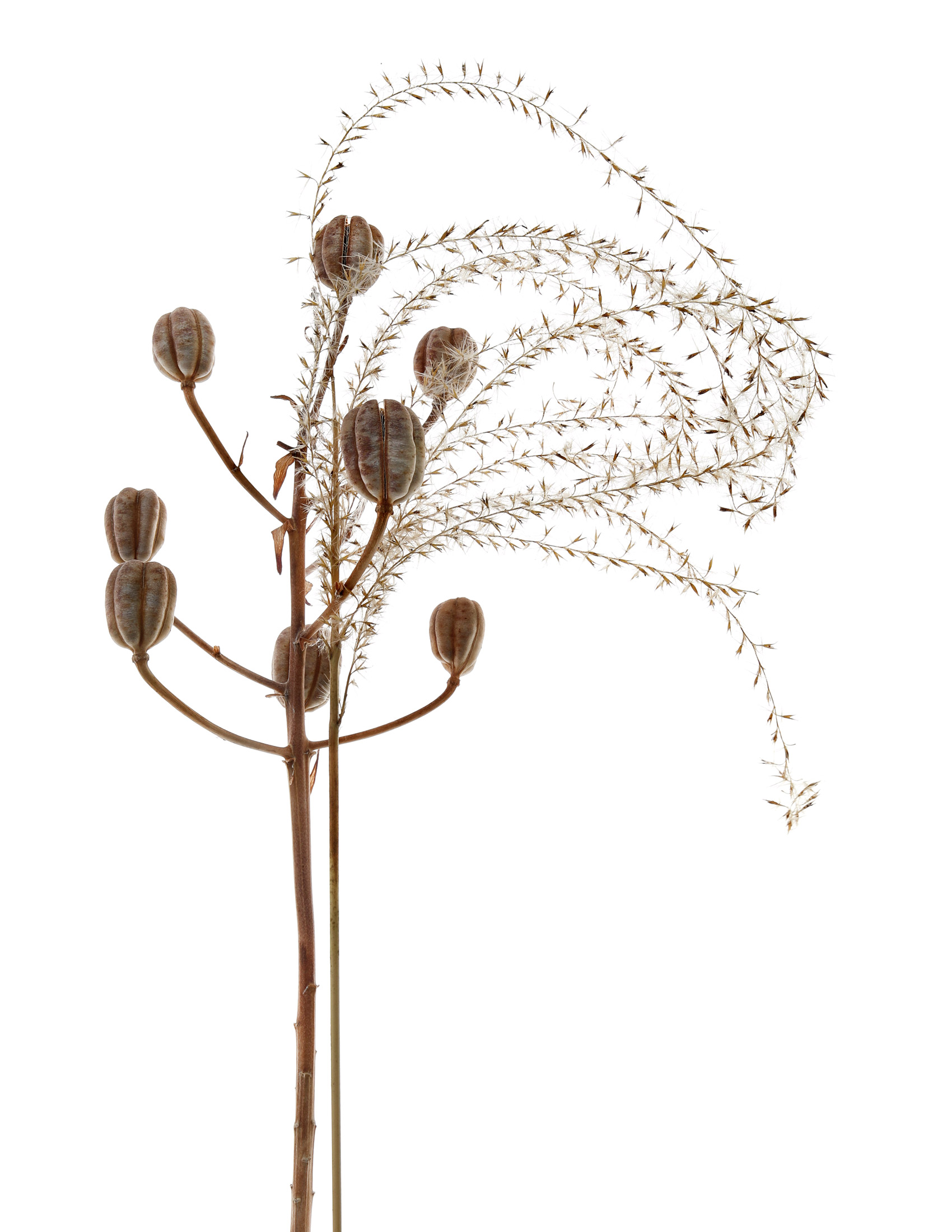
frisky squirrels and budding maples
I couldn’t decide what was more interesting: that fact that the maples are starting to blossom (in February!) or that the bark of this silver maple looks like elephant skin. Typically, most of the buds on a given tree usually all flower within days of each other. But this year with our unusually warm temps, interspersed with below freezing temps, anything could happen. Silver maple flowers are wind-pollinated and lack petals (which would hinder dissemination). Therefore, the flowers are not large and flashy, and often escape notice. So look up! Things are happening.
silver maple blossoms (Acer saccharinum)

k.i.s.s. (keep it simple stupid)
For me, some of the more eye-catching subjects, are the simplest. They are eye-catching precisely because of their simplicity. Aristotle wrote “Nature operates in the shortest way possible.” When I was an engineering student, there was an acronym often tossed around: KISS, which stands for Keep It Simple Stupid. It is a nod to the Occam’s Razor. If you are not familiar with Occam’s Razor, I recommend googling it, it’s fascinating (if you are in the mood for a rabbit hole). The idea of simplicity in deciding between theories has been assimilated into common culture as the widespread layman’s formulation that “the simplest explanation is usually the correct one.” Once again, I digress. This scrub tree–one of those volunteer trees that grow beside parking lots, caught my attention today because of it’s elegantly simple branching: Reach, branch right. Reach, branch left. Repeat. A first-year software engineering algorithm.
winter branches/alternating branching
P.S. I do not know what kind of scrub tree this is. If any of you recognize the bark..I’d love to know.

let’s talk about crabapples
First, the dictionary tells me that while crabapple is preferred, crab-apple and crab apple are both acceptable. The dictionary also states that a crabapple is: Any of the wild species of apple tree, genus Malus, which generally yield small, bitter fruit. I recall reading somewhere–although I cannot find it now–that a crabapple is any apple (wild or domesticated) that is smaller than 2 inches in diameter. Crabapples are native to North America, yet Minnesota has only one native crabapple, the prairie crabapple. However, we have A LOT of domesticated cultivars and they are widely used as decorative landscaping plants (Japan’s cherry blossoms are similar to our apple blossoms). And why not plant crabapple? Profuse pink and white blossoms in springs, and brilliant red fruits in fall that last all winter. I love ’em. The reason I wanted to talk about them now, though, is because these fruits have been freezing and thawing since autumn. They are very likely deliciously fermented. So, as our migrant birds start returning very soon, keep an eye out, because the birds that stop to snack on the crabapples (especially the cedar waxwings) can become visibly intoxicated. It’s a sight to see. And they should be arriving any day.
crabapples in February (Malus)
-
The way you find beauty in all the stages of natural life is astounding.
reply

flocked, frosted or hairy?
I am playing today with the left overs from my workshop from last weekend. This dried dusty miller is a common, but new-to-me, foliage. I tend to stick with my trailside finds, and this is more common as a full-sun landscape planting (originally native to coastal southern Italy). I like how the hairy silver-gray leaves make it look as though this is a winter wreath with a fresh coating of frost. I consider it seasonal in spirit.
dusty miller (Centaurea cineraria)
-
I see a frosted, seasonal delight! Always love your round compositions. The circular format seems to organize most anything natural into a work of art.
Will you be reporting on your workshop in your next newsletter? It would be fun to see pics and commentary. A foraging walk and workshop would be a cool event!?reply

there are many ways to go to seed
This is a study in contrasts: two wildly varied ways for a plant to go to seed. Damn, I love seedheads. The ingenuity. The desperation. The variety. The urgency. It all makes me smile. But mostly, it is the trail-and-error creative expression that 500 million years of evolution can produce that I like best.
winter garden stems: daylily and prairie grass seedheads


